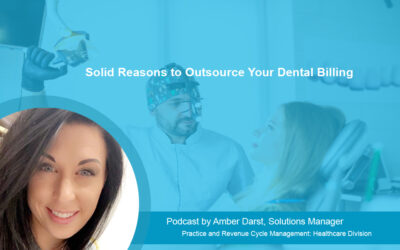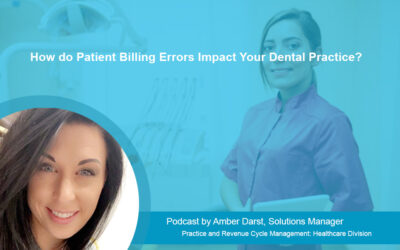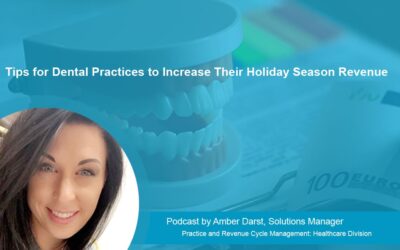A professional medical billing and coding company in U.S., Outsource Strategies International (OSI) offers a comprehensive suite of dental billing services for dental practices to successfully bill for their services and assist with on-time reimbursement.
In today’s podcast, Amber Darst, our Dental Insurance Coordinator discusses the different services in coding for dental hygiene.
Read Transcript
Hi This is Amber Darst, Dental Insurance Co Ordinator for Managed Outsource Solutions
For this podcast, I will be discussing the different services in coding for dental hygiene. So, not every patient who walks into a dental office for cleaning is going to get their regular everyday prophy. There are actually a handful of different ways they could go depending on the patient’s oral health condition. Let’s just discuss the different scenarios.
00:29 Adult Prophylaxis
First there is the standard prophy, the D1110, which is an adult Prophylaxis
This code is used to report a preventive service for patients who don’t have any signs of periodontal disease. The procedure includes scaling and polishing of all teeth surfaces.
00:45 Child Prophylaxis
And then we have the D1120, which is a child Prophylaxis. Same as the adult prophylaxis except that this is for children aged 13 or younger.
Now, remember when billing for a child prophylaxis be aware that D1120 code involves primary and transitional dentition. While prophy codes are dentition specific, many plans are age specific. So, an adult prophylaxis cannot be replaced as a child prophylaxis in order to satisfy age limit constraints of a dental plan.
01:18 Removal of plaque, calculus, and stains
And then we have the D4346. This code is to be used when a hygienist performs scaling in the presence of generalized moderate or severe gingival inflammation in full mouth, after an oral evaluation. It is used for permanent, primary, or transitional dentition and there is no age limit and is based on the diagnosis rather than intensity of treatment required. Also, this code should not be reported in conjunction with prophylaxis, scaling and root planing, or debridement procedures.
01:56 Full mouth debridement
So, that takes us to the full mouth debridement, which is the D4355. A full mouth debridement is necessary to enable a comprehensive oral evaluation and diagnosis on a subsequent visit.
This is a preliminary superficial removal of plaque and calculus. Implementing a full mouth debridement for the purpose of completing an assessment and evaluation will be essential to generate an accurate diagnosis and develop an appropriate treatment plan.
A second visit would be scheduled for an exam and the appropriate hygiene visit(s).
02:34 Periodontal scaling and root planning
We have a D4341 and D4342. These are used for Periodontal scaling and root planing. The D4341 is when it involves 4 or more teeth in the quadrant, the D4342 to be reported when it involves 1 to 3 teeth in the quadrant. This is the deep cleaning that goes below the gumline. This procedure is a forerunner of the periodontal maintenance procedure.
03:05 Periodontal maintenance
The D4910: Periodontal maintenance
Periodontal maintenance is a cleaning that aids in halting the progression of periodontic disease. Once a patient begins a periodontal maintenance, they will remain a patient unless the doctor deems the gums once again healthy enough to return to a regular prophy cleaning.
In cases where the patients’ benefits may have limits around coverage for this procedure, you are still legally bound to report what you did and code as such. A helpful narrative could say that if periodontal maintenance is denied, please provide the alternate benefit of a prophylaxis.
To minimize claim denials for periodontal therapy and maintenance, make sure to always include periodontal charting as well as relevant x rays to support your request for payment.
And that’s it. I hope this helps, but remember that documentation and thorough knowledge of pay regulations and guidelines is critical to ensure accurate reimbursement for the procedures performed.
Thanks for listening in.



